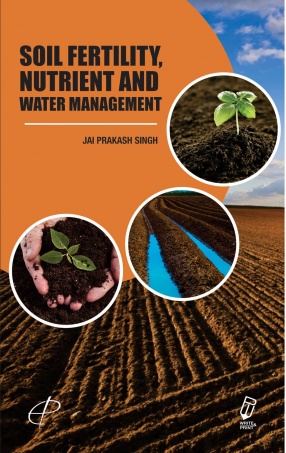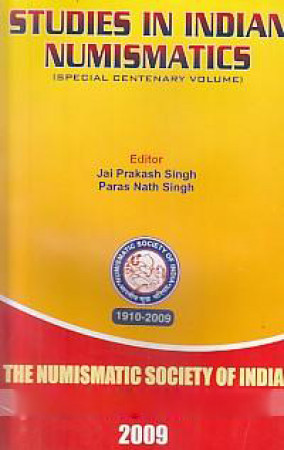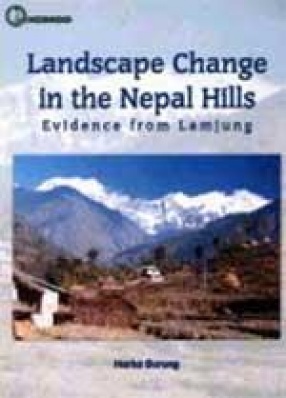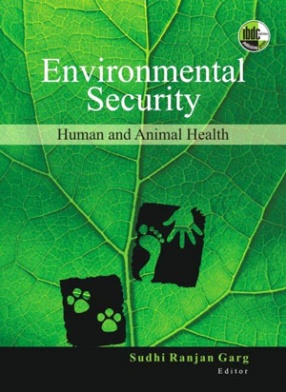Soil Fertility, Nutrient and Water Management
Global food production must increase by 70% to feed the projected growth in the world’s population from about seven to nine billion people by 2050. This cannot be achieved without increasing land productivity and conserving soil, nutrient and water resources in the face of the severe challenges posed, including climate change, soil erosion and salinization, and drought and flooding - all of which contribute to reducing the quantity and quality of soil and water resources. Integrated soil fertility management, commonly referred to as ISFM, is presented in this book as a key contributor to farmers’ low soil and crop productivity and especially for the main staples that include maize, beans, rice, cassava, bananas, sorghum, millet and other crops. In this context ISFM is de¬fined as a set of soil fertility management practices that include the integrated use of mineral fertilizers, organic inputs, and improved germplasms combined with the knowledge on how to adapt these practices to local conditions which are aimed at optimizing efficient agronomic use of the applied nutrients and thereby improving crop productivity.
Get it now and save 10%
BECOME A MEMBER










Bibliographic information